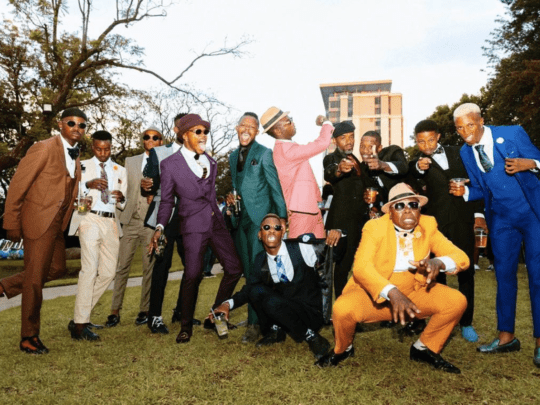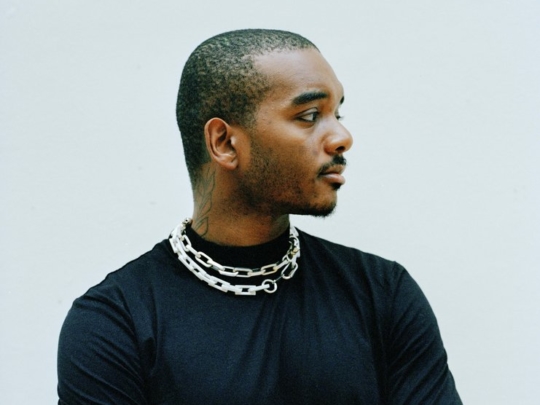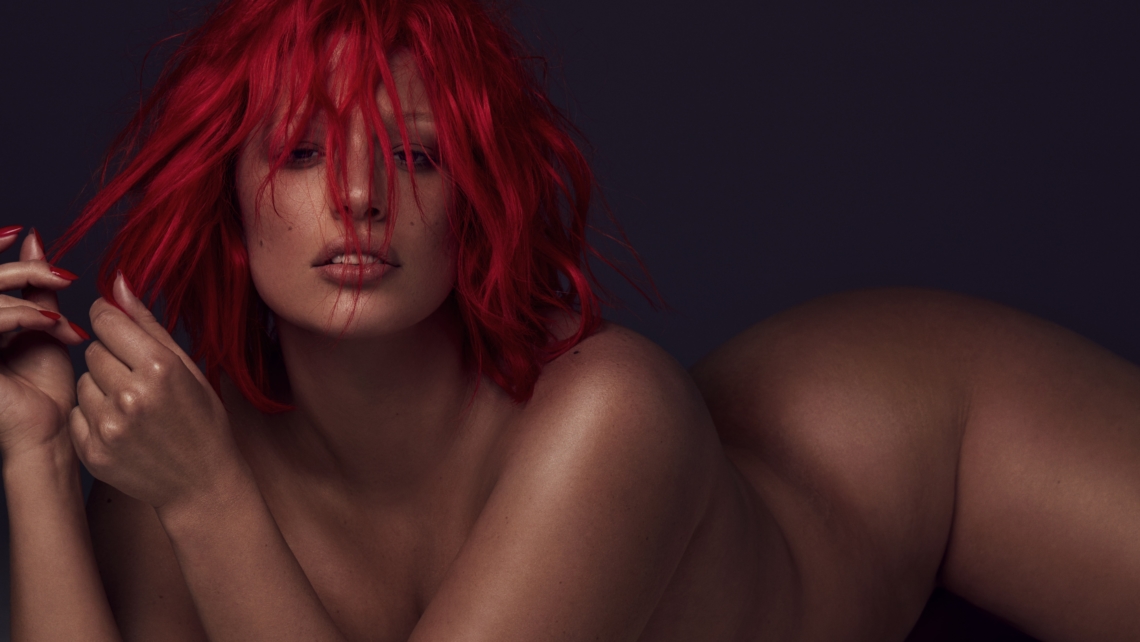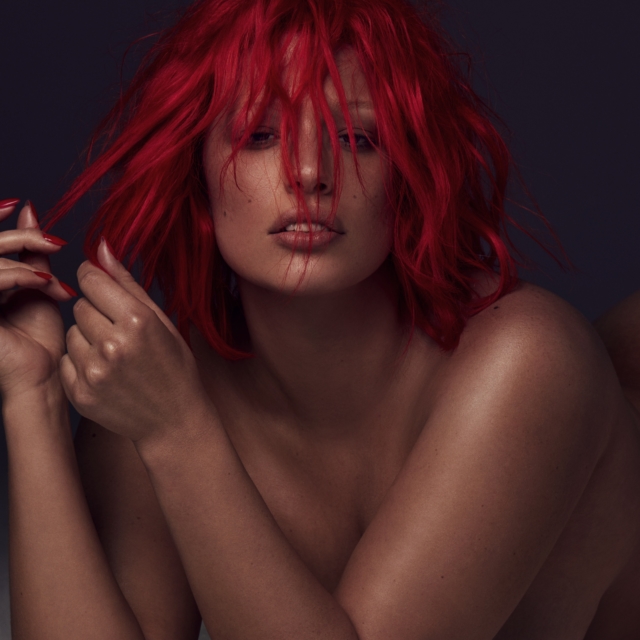“Thank you for giving me confidence,” reads a comment on model Ashley Graham’s Instagram page. “Thank you so much for building up our girls,” reads another. “You are really doing something for women,” wrote a fan.
Say what you will about the fashion industry, but this curvy, 28-year-old stunner is proving that it can really be used as a platform to make a bona fide difference.
Graham, who, in addition to being a top IMG model, is a body activist, designs lingerie and swimwear, will appear on the upcoming season of America’s Next Top Model, and is set to release a book in 2017, has come a long way since being discovered in a Nebraska mall at the age of 12. In an industry that is hyper-focused on thinness (remember, we are the people who turned the word “waif” into a compliment and glorified “heroin chic”) Graham has broken down boundaries. She covered the 2016 Sports Illustrated Swimsuit Issue and Maxim, becoming the first plus-size model to do so. She’s appeared in countless editorials, walked the most star-studded red carpets in custom wares by the likes of Jeremy Scott, Christian Siriano, and Prabal Gurung, travels to high schools and colleges around the country to promote body positivity, gave a TED talk in Spain, and is widely regarded as one of the sexiest, most beautiful women in the world. She also radiates a genuine confidence that, even in the ego-driven fashion sphere, is rare.
“I think everything about your character starts at home, and my mother really instilled in me that confidence comes from the interior, not the exterior,” Graham told me while on set with photographer Miguel Reveriego and Fashion Unfiltered’s beauty editor-at-large, Vincent Oquendo. “In fashion, everything fades eventually, so if you really love who you are on the inside, the exterior goes along with it.”
But it hasn’t always been cover shoots and self-assuredness for Graham—she’s worked very hard to reach not only this level of accomplishment, but happiness, too. “I can’t tell you how may sad diets I’ve been on, trying to take weight off, and then I’d get too skinny and clients wouldn’t want to book me, or I was seen as a traitor to my community,” Graham recalled. “Weight has had such a big impact on my career, and I hate that. I hate that it’s a constant conversation. I hate that it even has to be a conversation. But it is what it is.”






